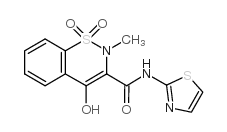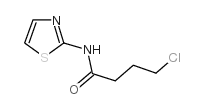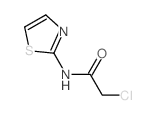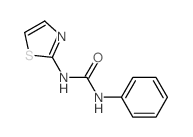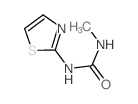96-50-4
| Name | 1,3-thiazol-2-amine |
|---|---|
| Synonyms |
thiazole-2-amine
EINECS 202-511-6 usafek-p-5501 2-amino-1,3-thiazole Aminothiazole 1,3-Thiazol-2-amine BASEDOL 2-Aminothiazole ABADOLE 2-thiazolylamine 2-amino-thiazole aminothiazol RP 2921 2-Thiazolamine THIAZYLAMINE Abadol MFCD00005325 thiazol-2-amine cp1585 2-AMINO THIAZOLE |
| Description | Aminothiazole (2-Aminothiazole) is a beginning point for synthesis of many compounds including sulfur drugs, biocides, fungicides, dyes and chemical reaction accelerators.IC50 value:Target:2-Aminothiazole can be used as a thyroid inhibitor in the treatment of hyperthyroidism and it has antibacterial activity. Also used as the acid tartrate. Recent studies using prion-infected neuroblastoma cell lines have suggested that aminothiazole may be used as a therapeutic drug for prion diseases. |
|---|---|
| Related Catalog | |
| References |
| Density | 1.3±0.1 g/cm3 |
|---|---|
| Boiling Point | 216.4±9.0 °C at 760 mmHg |
| Melting Point | 91-93 °C(lit.) |
| Molecular Formula | C3H4N2S |
| Molecular Weight | 100.142 |
| Flash Point | 84.7±18.7 °C |
| Exact Mass | 100.009521 |
| PSA | 67.15000 |
| LogP | 0.38 |
| Vapour Pressure | 0.1±0.4 mmHg at 25°C |
| Index of Refraction | 1.645 |
| Water Solubility | 100 g/L (20 ºC) |
CHEMICAL IDENTIFICATION
HEALTH HAZARD DATAACUTE TOXICITY DATA
MUTATION DATA
|
| Symbol |

GHS07 |
|---|---|
| Signal Word | Warning |
| Hazard Statements | H302 |
| Precautionary Statements | P301 + P312 + P330 |
| Personal Protective Equipment | dust mask type N95 (US);Eyeshields;Faceshields;Gloves |
| Hazard Codes | Xn:Harmful |
| Risk Phrases | R22;R36/37 |
| Safety Phrases | S26-S36/37-S39 |
| RIDADR | 2811 |
| WGK Germany | 3 |
| RTECS | XJ2100000 |
| Packaging Group | I; II; III |
| HS Code | 2934999090 |
| Precursor 9 | |
|---|---|
| DownStream 10 | |
| HS Code | 2934100090 |
|---|---|
| Summary | 2934100090 other compounds containing an unfused thiazole ring (whether or not hydrogenated) in the structure VAT:17.0% Tax rebate rate:9.0% Supervision conditions:none MFN tariff:6.5% General tariff:20.0% |


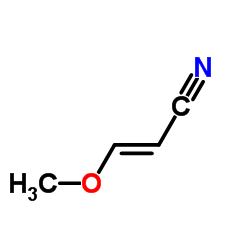
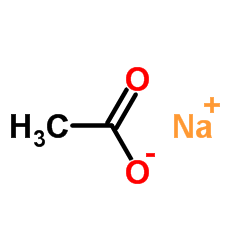

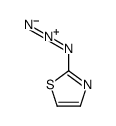
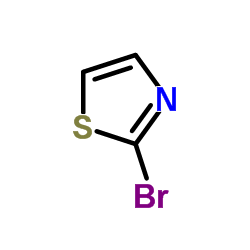

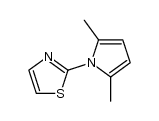
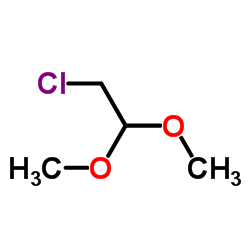


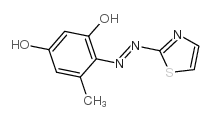

![1-(6-methylimidazo[2,1-b][1,3]thiazol-5-yl)ethanone structure](https://www.chemsrc.com/caspic/251/57738-11-1.png)
